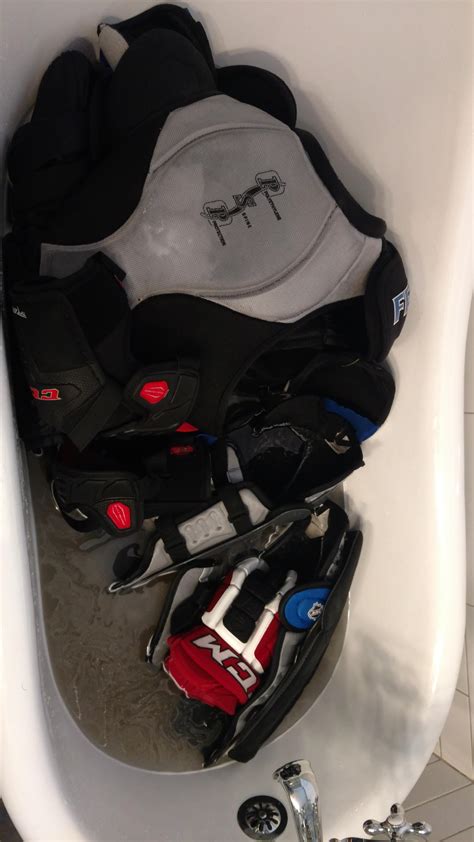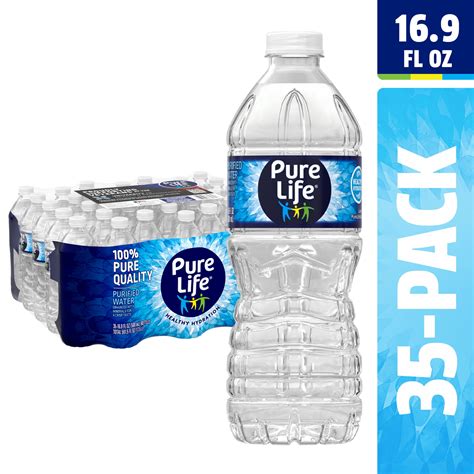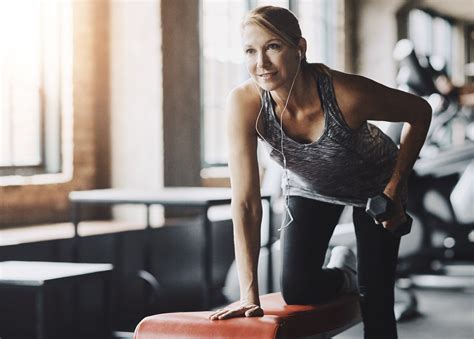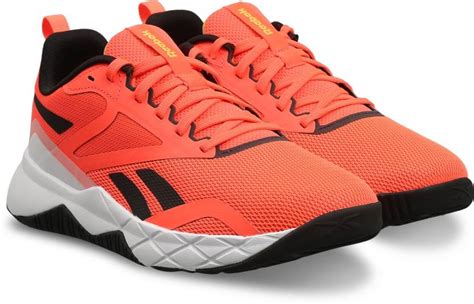Maintaining your athletic gear isn’t just about hygiene; it’s about extending the life of your expensive activewear and ensuring it continues to perform as designed. Persistent odors, stretched fabrics, and diminished wicking capabilities are common frustrations that can be avoided with the right washing techniques.
The Core Principles of Activewear Care
Proper care starts even before the wash cycle begins. Understanding the unique properties of performance fabrics is key to preventing damage and tackling tenacious smells.
Pre-Wash Rituals for Optimal Results
Before tossing everything into the machine, a few simple steps can make a big difference.
- Turn Inside Out: Most of the sweat and bacteria accumulate on the inside of your garments. Turning them inside out helps the detergent reach these areas more effectively and protects any logos or delicate prints on the exterior.
- Separate by Fabric Type & Color: Wash delicates with delicates. Avoid mixing heavy cotton towels with your technical fabrics, as lint can cling to them. Separate darks from lights to prevent color bleeding.
- Rinse Immediately (If Possible): If you can’t wash immediately after a workout, rinse your gear in cold water to remove some sweat and prevent odors from setting in. Avoid leaving sweaty clothes in a gym bag for long periods.

Choosing the Right Detergent and Water Temperature
The type of detergent and water temperature are crucial for performance fabrics.
- Cold Water is King: Always opt for cold water. Hot water can break down synthetic fibers, damage elasticity, and set stains. Cold water is effective enough for cleaning and helps maintain the integrity of materials like spandex and polyester.
- Use Sport-Specific Detergent (or Mild Liquid Detergent): Performance fabrics often contain special coatings or weaves designed to wick moisture. Regular detergents, especially powder ones, can leave residues that clog these fibers, reducing their effectiveness. Sport-specific detergents are formulated to break down sweat and oils without harming the fabric.
- Avoid Fabric Softener at All Costs: This is perhaps the most critical rule. Fabric softener coats the fibers, trapping odors and creating a barrier that prevents moisture-wicking technology from working. It also breaks down elastic, leading to stretched-out gear. If you accidentally use it, re-wash the item without softener.

The Washing Cycle: Gentle is Best
Less is often more when it comes to washing activewear.
- Gentle Cycle: Use the gentle or delicate cycle on your washing machine. This minimizes agitation, protecting the fabric from unnecessary stress and stretching.
- Don’t Overload the Machine: Give your clothes room to move and get thoroughly cleaned. An overloaded machine won’t wash effectively and can damage garments.
- Skip Bleach: Bleach is too harsh for most athletic fabrics and can cause irreversible damage to colors and elasticity.
Drying Your Gear: Air Dry for Longevity
The dryer is often the biggest enemy of athletic gear.
- Air Dry Whenever Possible: The best method is to air dry your athletic wear. Hang items on a clothesline or drying rack away from direct sunlight. This prevents heat damage, maintains elasticity, and saves energy.
- If You Must Machine Dry, Use Low Heat: If air drying isn’t an option, use the lowest heat setting or a tumble-dry low/no-heat cycle. Remove items as soon as they are dry to prevent over-drying and heat damage. Again, never use dryer sheets; they have the same damaging effect as fabric softener.

Battling Stubborn Odors
Sometimes, even with proper washing, a lingering smell persists.
- Vinegar Soak: Before washing, soak your smelly gear in a solution of one part white vinegar to four parts cold water for 30 minutes. The vinegar helps break down the bacteria causing the odor. Then, wash as usual.
- Baking Soda in the Wash: Add half a cup of baking soda directly to the wash cycle along with your detergent to neutralize odors.
- Specialty Odor Eliminators: There are specific products on the market designed to tackle deeply set odors in athletic wear. Use these sparingly and according to instructions.

Specific Care for Different Types of Gear
While general rules apply, some items need special attention.
- Compression Gear: Follow all the above rules strictly, especially avoiding hot water and fabric softener, as these are critical for maintaining the compression properties.
- Waterproof/Water-Resistant Jackets: These often require specific technical washes that preserve their DWR (Durable Water Repellent) coating. Check the care label and consider using a tech wash designed for outdoor gear. Avoid regular detergents, which can strip the DWR.
- Footwear: For athletic shoes, remove laces and insoles. Wash them separately by hand or in a mesh bag on a gentle cycle with cold water. Air dry completely, stuffing them with paper towels to absorb moisture and help retain shape.

Conclusion
By adopting these simple yet effective washing practices, you can significantly extend the life of your athletic gear, keep odors at bay, and ensure your performance fabrics continue to support your active lifestyle. A little extra care goes a long way in protecting your investment and keeping you comfortable and fresh.




